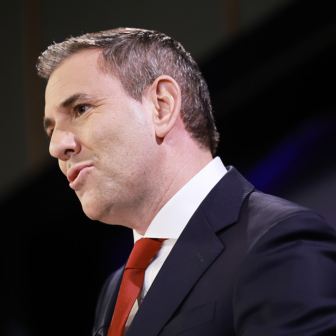In a new report on inequality, the OECD has tracked income changes in several developed nations including Australia. It finds that from the mid 1980s to the late 2000s, the average rate of real household income growth among developed nations was 1.7 per cent per year. But while incomes grew at an average rate of 1.4 per cent for the bottom 10 per cent of households, they grew at 2.0 per cent for the top 10 per cent.
In Australia, real household incomes grew faster than the OECD average. Average incomes grew at 3.6 per cent per year over the period. But, as in most other developed nations, these decades were a better time for the rich than the poor. For the top-earning 10 per cent of Australians, incomes grew at 4.5 per cent. For the bottom tenth, they grew at 3.0 per cent.
These results accord with my own work, co-authored with Oxford’s Tony Atkinson, while I was an economics professor at the Australian National University. Our research looked at how the income share of top income groups in Australia had changed, going right back to the 1920s. One way of looking at this is to look at the income share of the richest 1 per cent of Australians – people who in 2007 had earnings of $197,000 a year or more (see chart). In 1921 that top 1 per cent of Australians had 12 per cent of all household income. Then we saw a compression: the top earners’ income share steadily dropped until 1980, by which time that group had about 5 per cent of all national income. Then we saw a rise again, and by 2007 the top 1 per cent had 10 per cent of household income, double the share in 1980.
We see an even starker pattern if we look at the top 0.1 per cent – the richest 1/1000th of Australian adults. In 2007, members of this group were earning at least $693,000, and their income share of the Australian pie followed a similar trajectory. In 1921, they had 4 per cent of all household income. That fell by 1980 to 1 per cent, and then rose again so that, by 2007, the richest 1/1000th of all Australians again had 4 per cent of household income.
There will always be considerable debate about whether policy should try to reduce inequality, and if so, how. Yet work by the OECD reinforces the finding that the gap between rich and poor has widened in Australia over recent decades. True, the incomes of the poorest tenth of Australians have improved. But top incomes have increased faster still.




